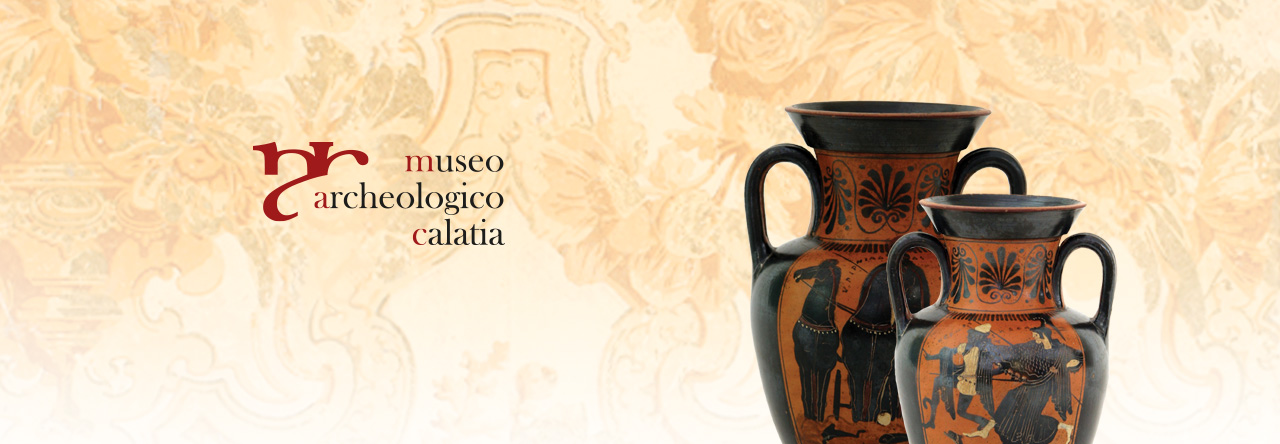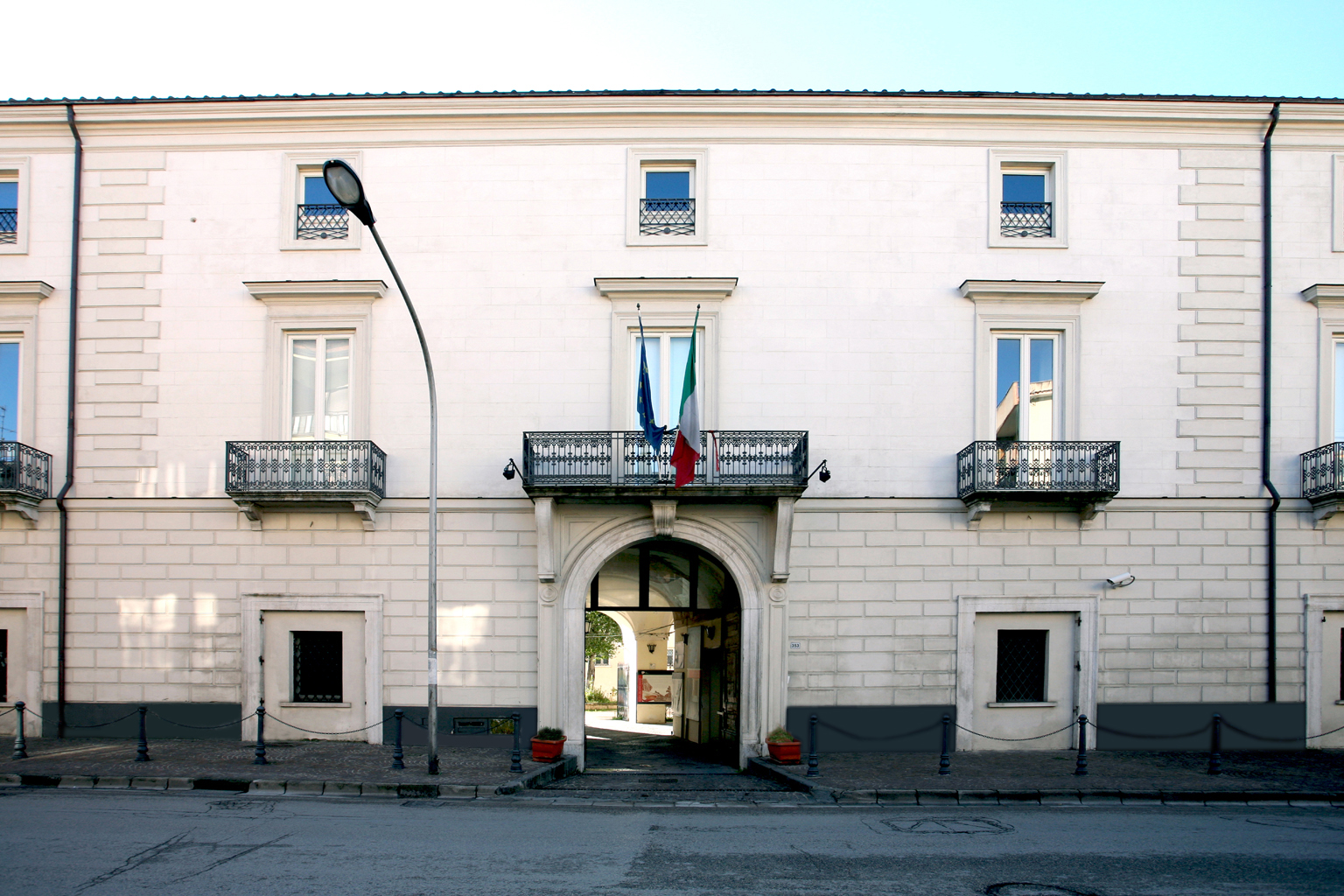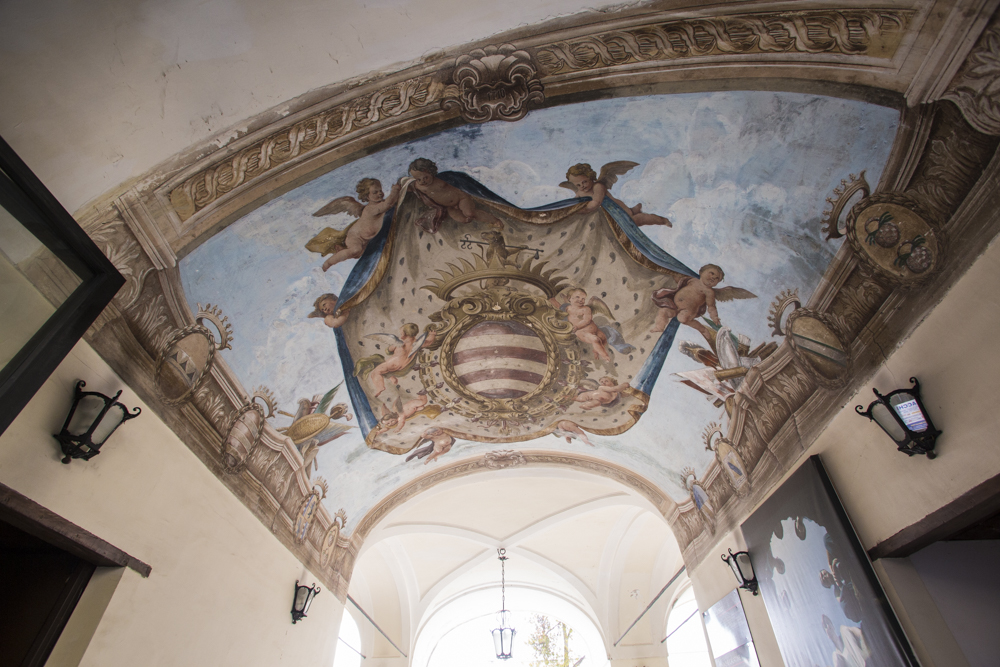The Casino Starza Penta is one of the most significant parts of the historical and monumental evidence in Maddaloni and now hosts the Archaeological Museum of Calatia. It was one of the main residences of the House of Carafa della Stadera, who held the feud of Maddaloni from 1465.
The earliest evidence found regarding the building dates back to 1552, when it is mentioned in a donation by Diomede II to his wife Roberta di Stigliano as Starza della masseria delle Torri. It is mentioned again in 1610 as Diomede IV’s property, under the name Starza Penta.
The structure of this manor house in the 16th century can be ascribed to the fortified manor house with observation towers, of which there are two left. There are traces of the manor house, which occupied the current east wing of the building, in the foundations, as well as in the main body and in the courtyard.
When Duke Marzio III came to power (1660-1703), the manor house underwent restoration work and became a hunting lodge and country retreat, without renouncing to the big production activity that could count on an estate of 70 almuds.
During the reign of Charles III of Spain, the building experienced its greatest splendour and it often hosted the king during his hunting trips. After Charles III left for Spain, the lodge fell into a slow decline.
In the early nineteenth century, it belonged to the Columbrano branch of the House of Carafa and it was confiscated in 1850 in order to host a contingent of soldiers of the 13th battalion of the Swiss Hunters. Once given back to the Carafa family in 1855, the following year it was bought by a notary, Raffaele Palladino, who restored the façade.
In 1939 it was expropriated and became at first military property and then – since 1993 – historical and artistic property. It is now used by the Museum Complex of Campania.
The lodge is on the outskirts of Maddaloni on the way to Naples, through the forest of Calabricito, and it is surrounded by areas famous for their rich game. It is represented, actually, on the Carta topografica delle Real Caccia di Terra di Lavoro e loro adiacenze by Rizzi Zannone in 1784 and then in his Atlas in 1808, using the symbols relating to “hunting lodges” and “country retreats”. Its current layout is similar to Marzio III’s restoration work, which was partly changed by the following works in order to turn the hunting lodge into a residential building in the mid-nineteenth century.
You can go into the entrance hall through a wide portal, which has direct access to the street, and under the vault, you can see Carafa family’s coat of arms together with some heraldic emblems belonging to nobles related to the powerful Neapolitan family. Charles I succeeded his father, Marzio III, and put the coat of arms there in 1710 in order to signal the end of the restoration works. The painting might be attributed to Arcangelo Guglielmelli (1648–1723), Giacomo del Po’s quadraturista.
From the hall through the vestibule, you go to the large inner courtyard. Francesco Saverio di Columbrano, who rearranged the beautiful Italian-style garden in 1811, – as attested by the inscription – made the marble portal on the eastern side.
The crowning inscription dates back to Marzio III (1660-1703) and it was originally on the façade; the text was written by Matteo Egizio, antiquarian and scholar, “Amicis et ne paucis pateat etiam fictis”. Originally the inscription was at the entrance of the building and it was moved to the inner courtyard only at a later stage, on the occasion of the restoration of the façade in the mid-nineteenth century.
The access to the agricultural estate, which is now walled, was aligned with the hall.


 Italiano
Italiano Français
Français Español
Español Deutsch
Deutsch




